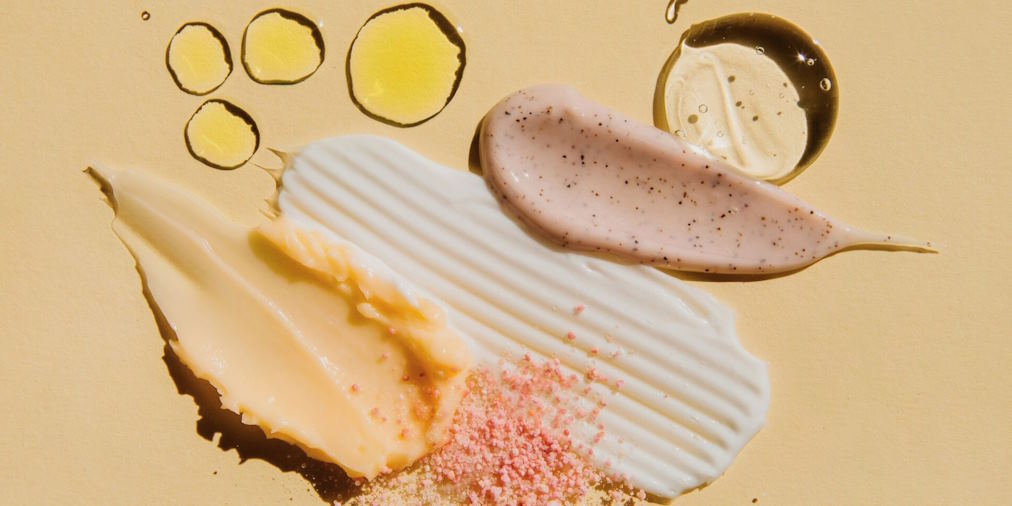This website uses cookies so that we can provide you with the best user experience possible. Cookie information is stored in your browser and performs functions such as recognising you when you return to our website and helping our team to understand which sections of the website you find most interesting and useful.


Fall Skincare: Transitioning and Repair
As the leaves change and the air turns crisp, your skincare routine should undergo a transition of its own. The fall season brings cooler, drier air and an opportunity to repair any sun-related damage from the summer months.
Transitioning to Heavier Moisturizers
With the decreased humidity and cooler temperatures, your skin may require more hydration than during the summer. Consider switching to slightly heavier moisturizers to give your skin the extra nourishment it needs. Cream-based moisturizers can help lock in moisture and prevent dryness and flakiness.
Repairing Sun Damage
Fall is the ideal time to address any sun damage that may have occurred during the summer. Prolonged sun exposure can lead to issues like pigmentation, fine lines, and a loss of skin elasticity. Here’s how to combat these effects:
Exfoliation
Incorporate exfoliation into your routine to remove dead skin cells and promote cell turnover. Chemical exfoliants with alpha hydroxy acids (AHAs) or beta hydroxy acids (BHAs) can help fade sunspots and improve skin texture.
Antioxidants
Integrate antioxidant-rich products into your regimen. These can help neutralize free radicals, which can cause premature aging. Look for serums or creams containing vitamins C and E.

Hydration
Hydration is key to repairing your skin’s barrier and maintaining health. Consider adding a hydrating serum or hyaluronic acid-based product to your routine.
Sunscreen
Even in the fall, UV rays can cause damage to your skin. Continue using sunscreen with broad-spectrum protection, especially if you’re spending time outdoors.
Don’t Forget the Lips
The skin on your lips is thin and sensitive, making it prone to dryness and chapping during the fall. Incorporate a lip balm into your skincare routine to keep your lips soft and moisturized. Look for a lip balm with hydrating ingredients like beeswax, shea butter, or coconut oil.
Humidifiers and Indoor Air Quality
As you transition to indoor heating, remember that it can dry out the air in your home, which may affect your skin’s hydration. Consider using a humidifier to add moisture to the air and prevent your skin from becoming overly dry.
Stay Hydrated
Finally, don’t forget the importance of staying hydrated from the inside out. Continue drinking adequate water throughout the day to help maintain your skin’s moisture balance.


